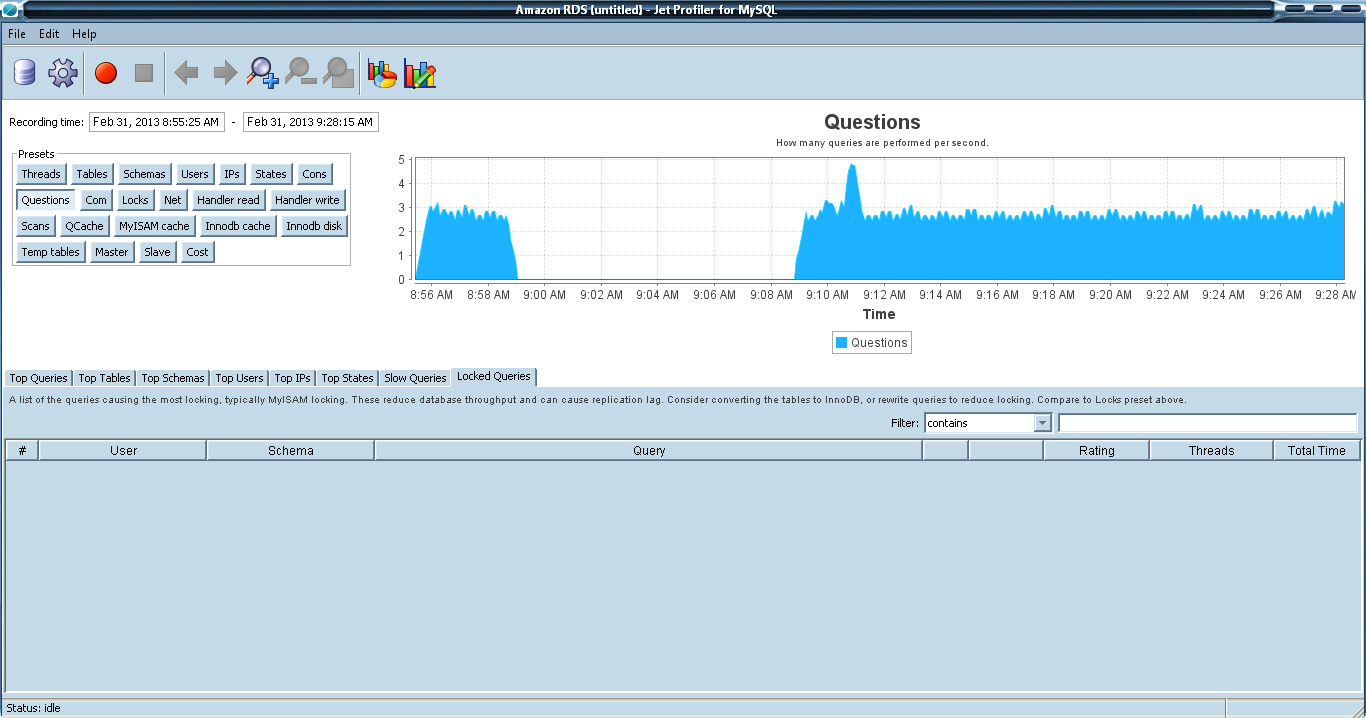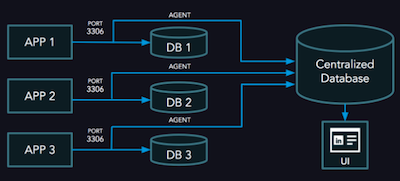
- QUERIOUS QUERY ALALYSIS HOW TO
- QUERIOUS QUERY ALALYSIS UPDATE
- QUERIOUS QUERY ALALYSIS CODE
If you’re curious about what Query folding is read more about it in this Matt Masson post. This works if the results are rendered to an Excel spreadsheet or Power Pivot Data Model.Īs long as the data source and types of transforms support it Query Folding will still be utilized with this method.
Now all you have to do is change the values in the table and click the button to refresh the results of the query. Click inside the button to rename it and then you’re all set!. Click somewhere in the worksheet that you want the button and then select the Macro we created to assign to the button. QUERIOUS QUERY ALALYSIS HOW TO
Instruction on how to make the Developer tab visible.
To turn this into a button go to the Developer tab. You should notice this kicks off the refresh of our Employee query. Select the Macro we just created and click Run. QUERIOUS QUERY ALALYSIS CODE
To manually try the new code hit Alt + F8 and you will be prompted to run the script.If cn = " Power Query – Employee" Then cn.Refresh
QUERIOUS QUERY ALALYSIS UPDATE
‘ Macro to update my Power Query script(s)
Use the following VBA script to refresh the workbook connection for our Employee query we created earlier (If you named your query something different you may need to adjust the section highlighted in red):. #"Filtered Rows" = Table.SelectRows(dbo_DimEmployee, each >= #date( Date.Year(startdate), Date.Month(startdate), Date.Day(startdate)) and Module. Source = Sql.Database("localhost", "AdventureWorksDW2012"),ĭbo_DimEmployee = Source, Next modify this query to add in a start date and end date parameter with the code in red below. This will open the query window where you can modify Go to the View tab on the Query Editor ribbon and select Advanced Editor. If we want to make the filter dynamic we need to modify the M Query that’s behind the user interface. This simple places a filter on the query. The range of values you filter on will depend on your table but for the DimEmployee table in AdventureWorksDW I used the following filter then clicked OK. Find the HireDate column and apply a filter by clicking the down arrow next to the column and then Date Filters > Between To do this we’ll start by applying a hardcoded value to filter to the HireDate column. What I’d like to have my users do is return back this list of employees but only when the HireDate column falls within a range of values that they provide. **Note** This could be done on any table from any database. This returns back the table to the Power Query Editor. If you’re following my example with the AdventureWorksDW sample database then choose DimEmployee and then click Edit. The Navigator pane will appear showing all the available tables. 
Once you provide the Server and Database name you will also be prompted for the credentials you will use to access the data then click Connect.Next you will be prompted to provide your Server and Database names where the table is located.For my example I’ll be using the AdventureWorksDW sample database. To connect to a SQL Server table from the Power Query tab in Excel select From Database > From SQL Server Database. In my example I’m going use a SQL Server table as my data source but it could be any type of table.

Using Power Query’s ability to make queries into Functions I’ll give my user the ability to provide the range of their choice Connect to the Data In the scenario that I will demonstrate, rather then returning an entire result of all the company’s employees, I just want to return a list that show employees with a hire date within a certain range of dates that I or a user will provide.

In this post, I’d like to show you a way to solve this problem with Power Query in a solution that can dynamically filter your data returned based on user driven parameters. Or maybe Excel just can handle the amount of unfiltered data they’re trying to return. Have you ever had a user run a query against one of your largest tables only for them to immediately filter the results in Excel to show the last years worth of data? All of that data brought across your network and then immediately filtered out.







 0 kommentar(er)
0 kommentar(er)
